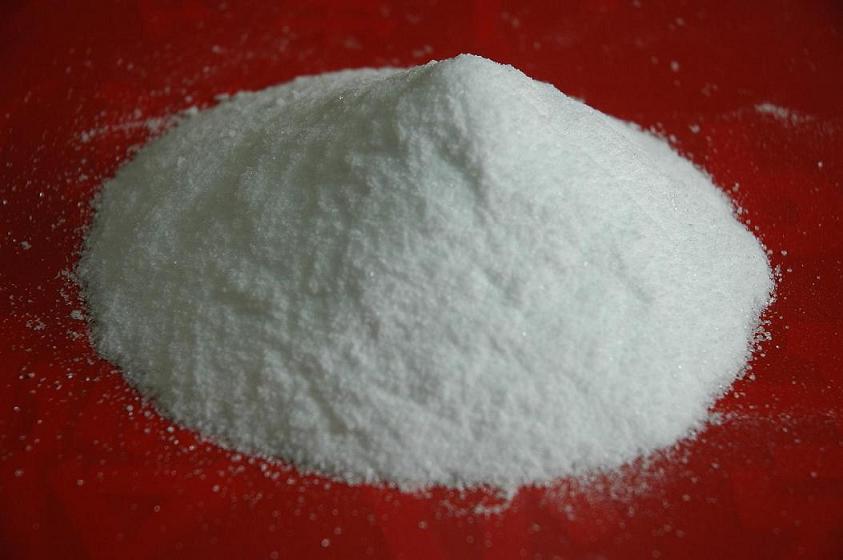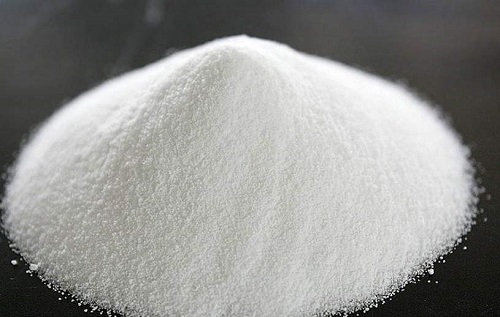Plastic materials have different molecular structures, or have the same molecular structure due to polymerization processes Different materials, different processing techniques, different use environments and conditions, have very different thermal oxidation and photo-oxidation reaction speeds and resistance to thermal oxidation and photo-oxidation reactions. Antioxidants and light stabilizers are added to plastic materials to effectively inhibit or reduce the thermal oxidation and photo-oxidation reaction speed of plastic macromolecules, significantly improve the heat resistance and light resistance of plastic materials, and delay The degradation and aging process of plastic materials, plastic additives that extend the service life of plastic products.
The functions and classification of antioxidants and light stabilizers

Antioxidants are the most widely used additives in plastics. One of the most widely used contents refers to the application of antioxidants in various stages of polymerization, synthesis, granulation, storage, processing and use of plastics. The second most widely used content refers to the various types of plastic materials with different molecular structures that have appeared in the world today, such as polyethylene, polypropylene, styrenic polymers, engineering plastics, modified plastics and other materials. Antioxidants are used in the largest variety of plastic materials.
Commonly used plastic antioxidants are generally classified according to their molecular structure and mechanism of action There are four categories: hindered phenols, phosphites, sulfonates and composites.
Hindered phenol antioxidant is the main antioxidant of plastic materials. Its main function is to react with oxidative free radicalsR• and ROO• generated by oxidation in plastic materials to interrupt the activity. chain growth. Hindered phenol antioxidants are divided into monophenols, bisphenols, polyphenols, nitrogen heterocyclic polyphenols and other varieties according to their molecular structures. Monophenol and bisphenol antioxidants, such as BHT, 2246 and other products, have low molecular weight, high volatility and migration, and are prone to coloring plastic products. In recent years, their consumption in plastics has dropped significantly.
Polyphenol antioxidant1010 and 1076 are the leading products of foreign and domestic plastic antioxidants today. 1010 is the leading product because of its high molecular weight, good compatibility with plastic materials, excellent antioxidant effect, and the largest consumption. The best product among plastic antioxidants. The domestic production and consumption of 1010 and 1076 accounts for about 60% of the total domestic production and consumption of antioxidants.

Phosphite antioxidants and sulfur-containing antioxidants are both auxiliary antioxidants. The main mechanism of action of auxiliary antioxidants is to decompose highly active hydroperoxides in plastics into low-active molecules through changes in the valence of phosphorus or sulfur atoms in their own molecules. Domestic production and consumption of phosphite antioxidants accounts for approximately 30% of the total domestic production and consumption of antioxidants. Domestically produced sulfur-containing antioxidants can be divided into three categories according to their molecular structures: thioester antioxidants, thiobisphenol antioxidants and thioether-type phenols.
Different types of primary and auxiliary antioxidants, or the same type of antioxidants with different molecular structures, have different functions and application effects, and each has its own strengths and weaknesses. Composite antioxidants are made up of two or more different types or different varieties of the same type of antioxidants. They can make up for each other’s weaknesses in plastic materials, showing a synergistic effect and achieving the best results with the minimum addition amount and the lowest cost. Anti-thermo-oxidative aging effect. Synergistic effect means that when two or more additives are used in combination, their application effect is greater than the sum of the effects of each additive used alone, that is, 1+1>2. Utilizing the synergistic effects of antioxidant compounding, light stabilizer compounding, and antioxidant and light stabilizer compounding, the anti-aging effects of antioxidants and light stabilizers can be greatly enhanced.
The main functions of light stabilizers are: Shield light, absorb and transfer light energy, quench or capture free radicals. Light stabilizers are generally divided into four categories according to their mechanism of action: light shielding agents, UV absorbers, quenchers and hindered amine light stabilizers.
Hindered amine light stabilizers (HALS) are a type of organic amine compounds with steric hindrance effect. They have the ability to decompose hydroperoxides, quench radical oxygen, capture free radicals, and effectively It has the recyclable function and is the most widely used light stabilizer at home and abroad. Domestic consumption of hindered amine light stabilizers accounts for about 65% of the total domestic light stabilizer consumption.
Ultraviolet absorbing light stabilizers are commonly known as ultraviolet absorbers. This type of light stabilizer uses its own molecules The structure converts light energy into heat energy, preventing photo-oxidation reaction of plastic materials and playing a light stabilizing effect. UV absorbers are divided into benzophenones and benzo based on different molecular structures.

 微信扫一扫打赏
微信扫一扫打赏

